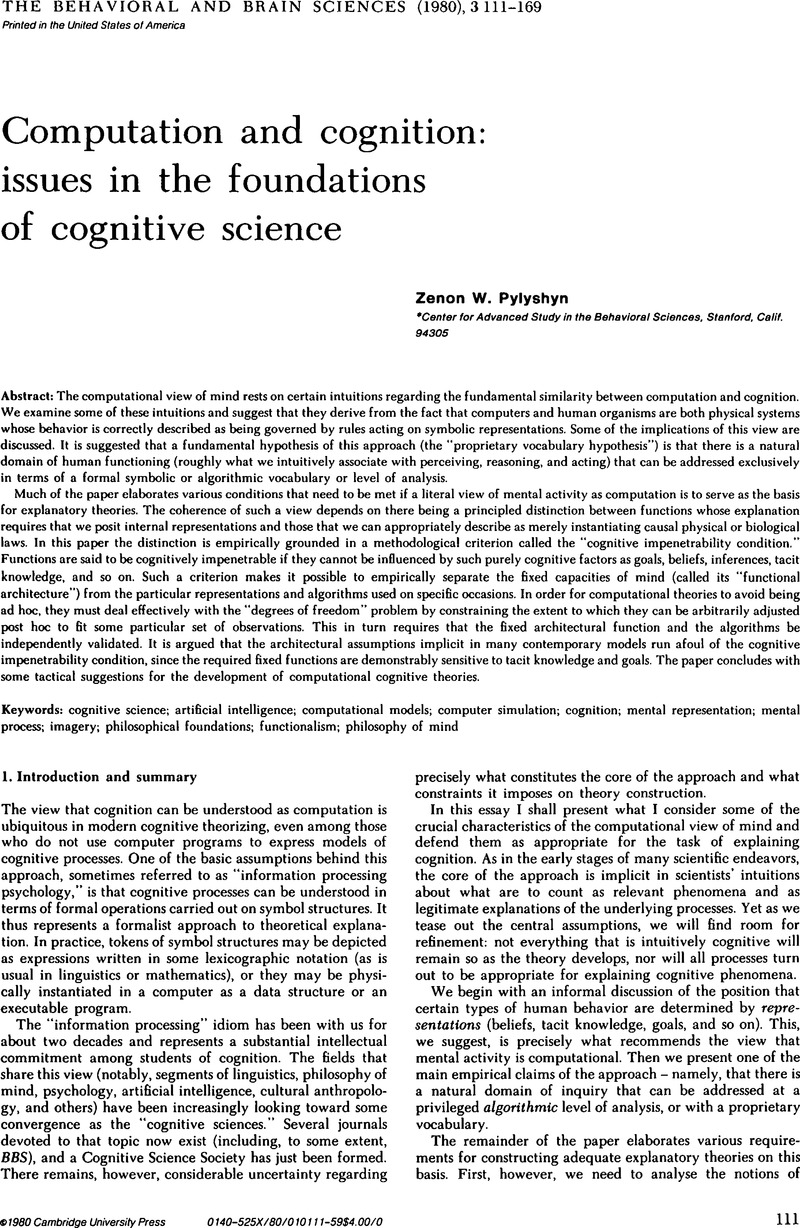Funt, B. V. (
1977) Whisper: a problem-solving system utilizing diagrams. Proceedings of the Fifth International Joint Conference on Artificial Intelligence, (IJCAI-77), pp.
459–
464. Department of Computer Science,
Carnegie-Mellon University. [ZP]
Google Scholar 